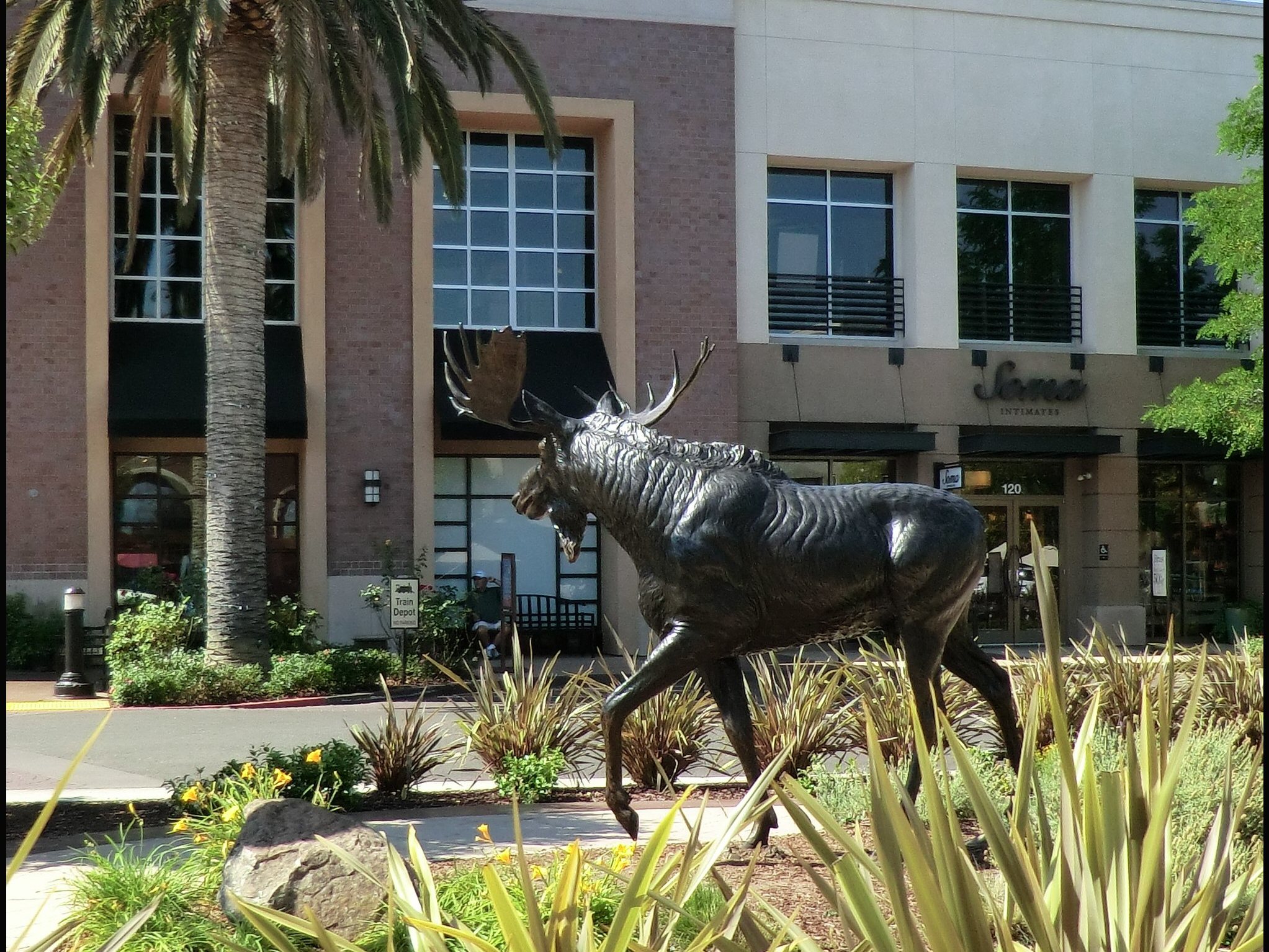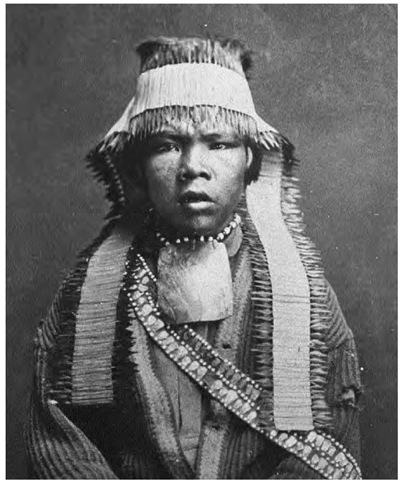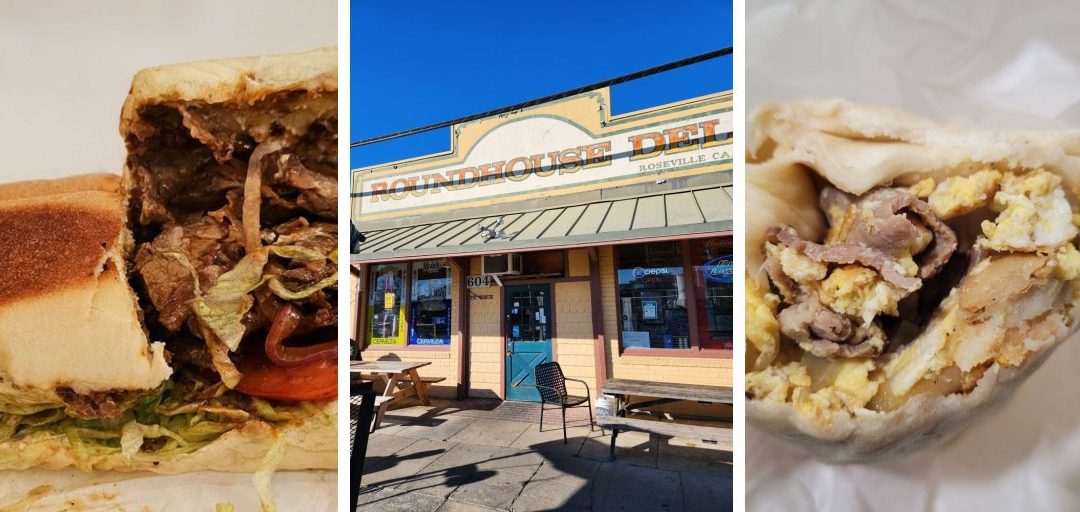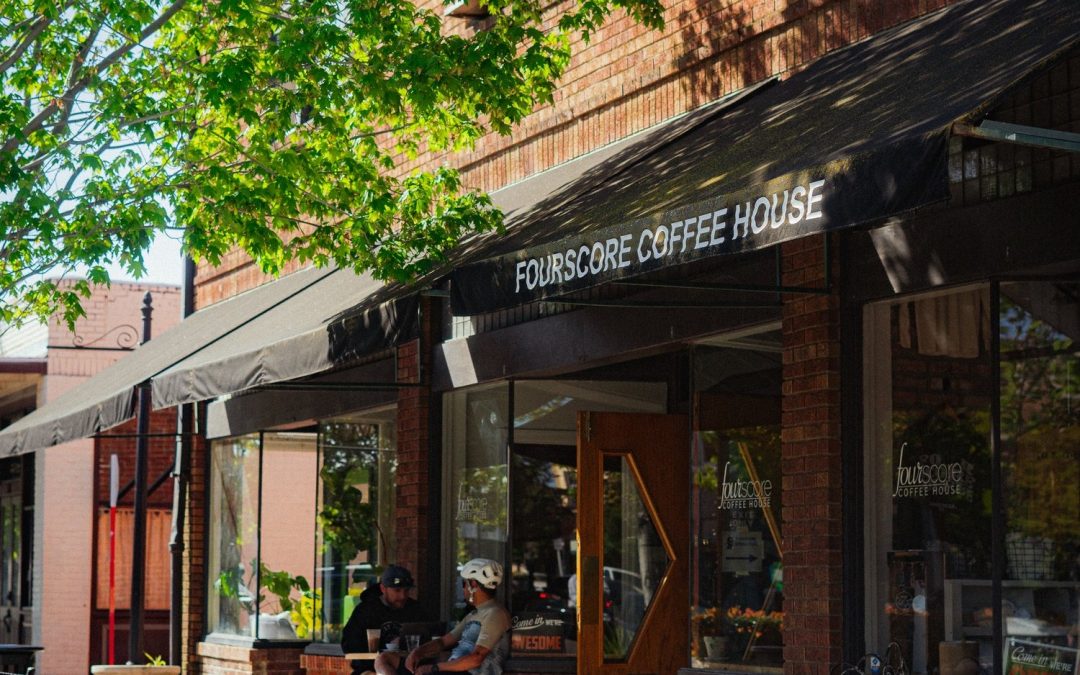The Maidan People are a proud and ancient group who have occupied the land from the Sierra Nevada in the east to the Sacramento River in the west and south to the Consumnes River for thousands of years. This populous is comprised of four distinct sub-groups, and the earliest evidence traces their presence to the area of Placer County, now known as Roseville, California, United States as far back as 9000 years ago. During that time they would have had access to thriving ecosystems full of hopeful fruits, an abundance of fish species, and hosts of large predators.
The Four Sub-Groups of the Maiduan People
1. Mountain Maidu: Plumas & Lassen Counties
2. Mechoopda: Butte County
3. Konkow: Butte & Yuba Counties
4. Nisenan: Yuba, Nevada, Placer, Sacramento, & El Dorado Counties
The Maiduan People are a proud and ancient group, with a deep connection to the land. For thousands of years they have occupied the area stretching from the crest of the High Sierra, west to the Sacramento River and south to the Consumnes River. This populous is made up of four closely related sub-groups: the Mountain Maidu of Plumas and Lassen counties, the Mechoopda of Butte county, the Konkow of Butte and Yuba counties, and the Nisenan of Yuba, Nevada, Placer, Sacramento, and El Dorado counties.
The abundance of Nourishment and Safety
The land of Placer County, before it was known as such, was a thriving ecosystem full of grasslands, thick groves of valley oaks, and a profusion of wildflowers like poppies, buttercups, lilies, and monkey flowers. Rivers and streams coursed through the area, supporting plenty of fish species, reptiles, and amphibians alike. Along its banks grew wild roses, native blackberries, grapes, cattail, and tule, making it an ideal habitat for millions of waterfowl that filled the Sacramento River valley. From small gnats and grass seeds to the apex predators of grizzly, wolf, cougar, and eagle, this land provided an abundance of nourishment and safety to all its inhabitants.
Prehistoric Wildlife in Roseville, California
Roseville, California, United States has a long and rich history, with evidence of its first inhabitants dating back approximately 9000 years. This original population would have experienced a world, unlike anything we know today, with herds of deer, elk, and antelope alongside larger and more exotic animals such as Columbian mammoths, giant ground sloths, horses, camels, and their contemporary predators – saber tooth cats, American cheetahs, American Lions and perhaps even the Dire wolf.
Ancient Practices of the Nisenan Maidu
The Nisenan Maidu are a proud and ancient people, having occupied the Roseville area for over two thousand years. Their distinct language is part of the Penutian family of Native American tongues, making them a powerful cultural presence in the region. The success of the Nisenan people was made possible by their management of the land through selective burning, gathering, and pruning – practices that allowed them to create an abundance of resources that would not have been possible in its natural state. This enabled the Nisenan to thrive and grow until they became one of the most densely populated hunter-gatherer cultures in North America.
Ancient Horticulture
Roseville’s first permanent residents took great care in managing the natural garden that later travelers reported as “Eden”. Remnants of this ancient horticulture remain today, where careful viewing will reveal dense stands of brodiaea and other flowering plants that provided a tasty and nutritious food source. Generations of Native women relied on digging sticks to harvest these bulbs, which could then be eaten raw, steamed, boiled, or stored for future use – a testament to their resourcefulness and skill.
The Nisenan people also harvested the nut of the oak tree, the acorn, as a staple food. Valley and Blue oak acorns were plentiful and favored, but Black oak acorns were especially prized and often traded down from the high foothills. Acorns were incredibly nutritious and could be stored for periods of limited production. Similarly, an abundance of plant foods and seeds were gathered to supplement their diet, allowing them to live sustainably within their environment. Finally, the lower Sacramento, American, Bear, and Feather rivers provided a variety of anadromous fish such as King salmon, steelhead, and Pacific lamprey, which could be cooked and eaten fresh or dried and stored for later use and trade. The Nisenan’s knowledge and management of these resources enabled them to thrive and provided abundance to all who lived along the watershed.
The Nisenan People of Roseville: Creative Use of Landscape and Shelter
The Nisenan people of Roseville have long been known for their creative use of landscape and shelter to combat the seasonal weather variations in their environment. On the valley floor, they would build subterranean, earthen-roofed structures which provided cool relief during summer and warmth during winter. They also built tule or grass-covered, willow-framed round huts on the middle elevations of the lower foothills. For the higher foothills, a sturdier structure was needed, so they created tripod poles with overlapping slabs of pine or cedar bark to withstand the snows of winter. It is a testament to the ingenuity of the Nisenan that they were able to create such effective dwellings using the natural resources available to them.
The Maiduan People have a unique and long-standing connection to the land that extends from the High Sierra to the Sacramento River. Similarly, Roseville, California, United States is steeped in history that goes back at least 9000 years. These two areas offer insight into our past and present, by providing us with an abundance of nourishment and knowledge for all who care to learn about the rich heritage and intricate culture of these groups. Both cultures demonstrate respect for their ancestry and the land, which not only preserves it for future generations but also allows us to connect with the collections and stories passed down from our predecessors.







